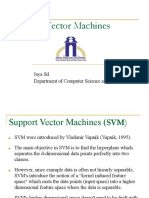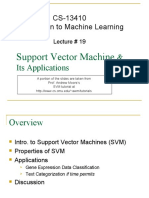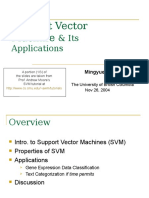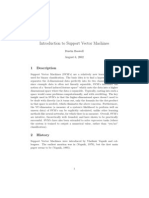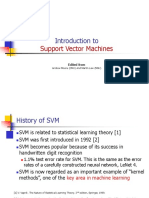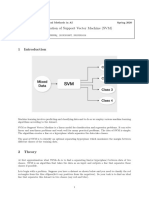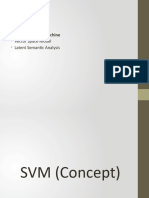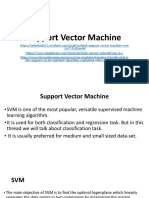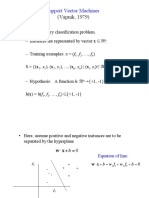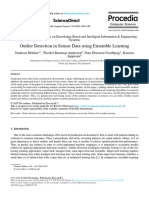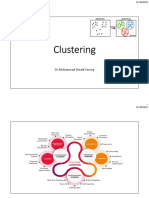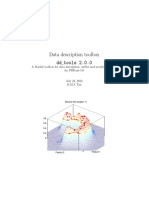0% found this document useful (0 votes)
11 views21 pagesSVM ML
The document discusses Support Vector Machines (SVM) for binary classification, focusing on the concept of finding the best hyperplane that maximizes the margin between two classes. It covers the mathematical formulation of SVM, including constraints and the use of kernel functions to handle non-linearly separable data. Additionally, it highlights the importance of regularization and optimization techniques in SVM implementation.
Uploaded by
Kartik SinghalCopyright
© © All Rights Reserved
We take content rights seriously. If you suspect this is your content, claim it here.
Available Formats
Download as PDF, TXT or read online on Scribd
0% found this document useful (0 votes)
11 views21 pagesSVM ML
The document discusses Support Vector Machines (SVM) for binary classification, focusing on the concept of finding the best hyperplane that maximizes the margin between two classes. It covers the mathematical formulation of SVM, including constraints and the use of kernel functions to handle non-linearly separable data. Additionally, it highlights the importance of regularization and optimization techniques in SVM implementation.
Uploaded by
Kartik SinghalCopyright
© © All Rights Reserved
We take content rights seriously. If you suspect this is your content, claim it here.
Available Formats
Download as PDF, TXT or read online on Scribd
/ 21

